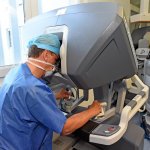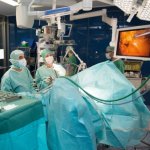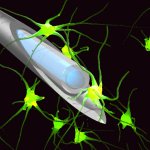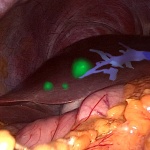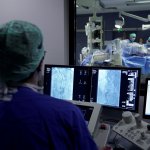
Article • More power for interventionists
Combining image-guided diagnosis and robot-assisted treatment
Siemens Healthineers AG took a big step last October. To incorporate treatment along an entire clinical path, the firm acquired Corindus Vascular Robotics, Inc., to combine image-guided diagnosis with robot-assisted surgery. A couple of months later, the Corindus endovascular robotic system CorPath GRX was used to implant a vascular stent into an obstructed coronary artery – the first use of…





